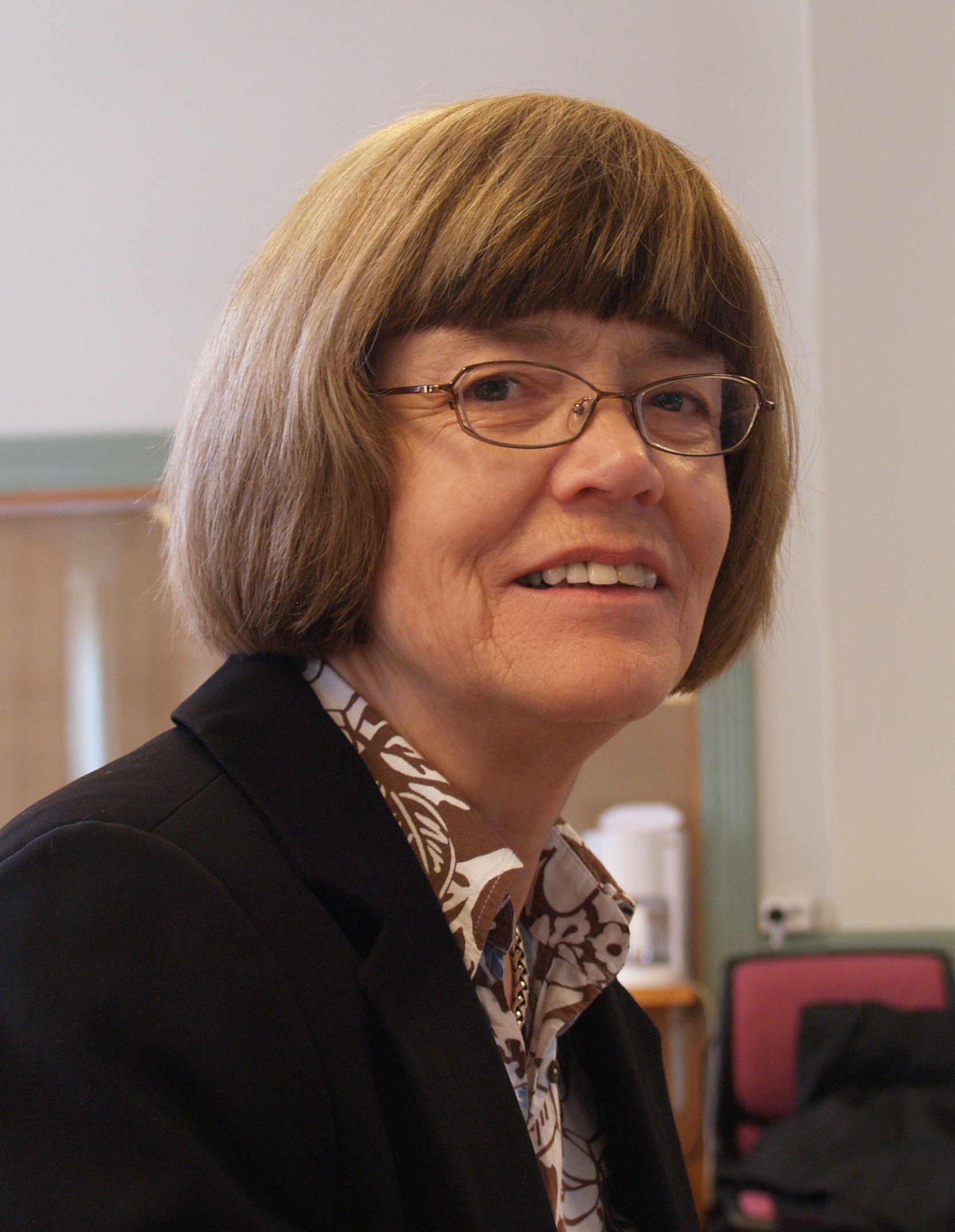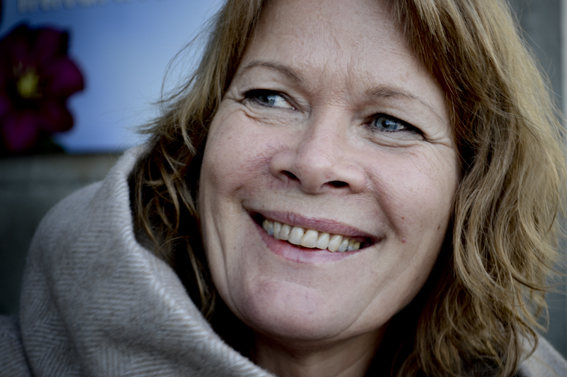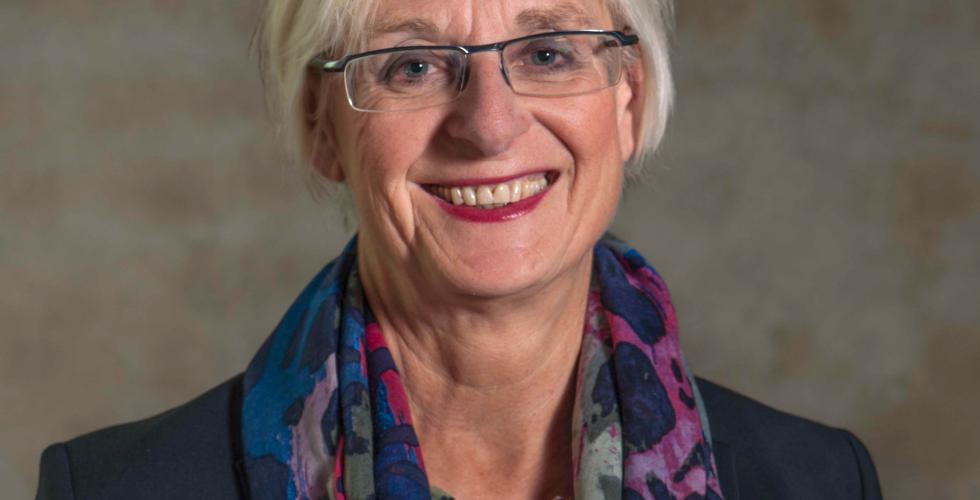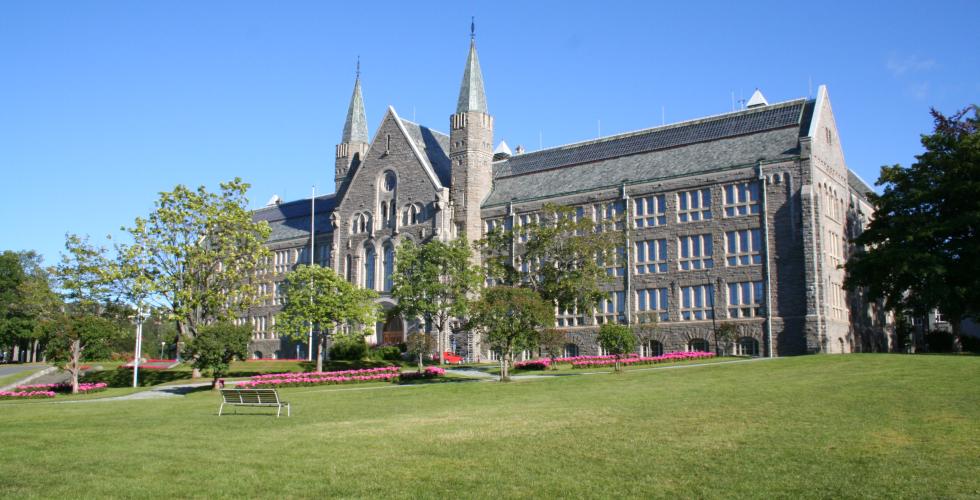Ombudsman will ensure gender equality
The structural reform of the Norwegian higher education sector is well underway, and several institutions are in the midst of major consolidation processes. What happens to gender equality efforts when institutions are merged?
Buskerud and Vestfold University College, which was established after a merger in 2014, will merge with Telemark University College in January 2016.
Buskerud and Vestfold University College already has four campuses, and next year’s merger will add four more. According to Rector Petter Aasen, both the faculty structure and the management will be organized as a single entity that applies across all of the campuses. The steering group responsible for planning and managing the merger is now deciding how best to ensure that the various levels of the new organization are closely connected.
“Since we already have four campuses, we have thought a little about this, and we think that it’s probably best to have an ombudsman structure to ensure a close connection to the person responsible for gender equality efforts.”
Aasen says that the gender equality perspective is an important guidepost for the planning activities that are now underway.
“But the institutions have different policies and regulations, and because we don’t have a lot of time, we may just decide to use the regulations from one of the existing institutions and develop those for the newly merged institution,” he explains.
“We also need to consider how we will deal with the gender equality projects already in progress. At our college we have a promotion project for women that is funded by the Research Council’s BALANSE programme. The project encompasses about 50 people at our institution, and the question is whether we will expand it to include the entire, newly merged institution or whether we will carry on for the time being with only those people already involved,” says Aasen.
On-site versus long-distance management
UiT The Arctic University of Norway is also spread across several campuses, some with long distances between them. Beginning in January 2016, UiT will merge with Narvik University College and Harstad University College, but it is not clear yet whether the university colleges will be incorporated into the faculty structure.

“In connection with the promotion project at UiT in which we help women to qualify for senior-level positions, we have noticed it’s important for the individual to know that she is seen, acknowledged and followed up by her closest supervisor,” says Marit Fagerheim, a Senior Adviser in the Department of Personnel and Organization at UiT.
“I wonder how we can maintain this critical aspect if we have long-distance management. Organizational factors like this will probably have an impact on our gender equality efforts,” she says.
Waiting for the organizational chart
UiT’s gender equality plan expires this year, and a new plan was reviewed on 30 September. This plan will apply to the merged institution until further notice.
“In our work with this plan, I’ve been thinking that the new plan is well suited for the consolidated university, but of course we are interested in good proposals from our new partners. When the organizational chart is ready, we will need to see whether the other institutions have new proposals and then we can revise the plan in light of those,” explains Fagerheim.
Each faculty at UiT is required to have plans for gender equality, and gender equality is always a point of discussion in the steering dialogue between the faculties and the university management. Fagerheim assumes that this will be continued at the new institution.
Must think along new lines about recruitment
As of January 2016, the Norwegian University of Science and Technology (NTNU), Sør-Trøndelag University College, Ålesund University College and Gjøvik University College will become one institution. Work has begun to create the organizational chart for the new institution. NTNU’s strengths lie in male-dominated fields, but the merger will change this somewhat. For example, Sør-Trøndelag University College has a large Faculty of Health and Social Work, which are fields dominated by women.
“At NTNU we have done a lot of work with recruiting female students to technology and engineering fields, but now we must think about how to recruit men to female-dominated fields. At the same time, it will be interesting to see whether we have something to add to the technology and engineering departments at the university colleges,” says Svandis Benediktsdottir, the Gender Equality Adviser at NTNU.

Can learn from the smaller institutions
Benediktsdottir has been in contact with those responsible for gender equality at the university colleges to ensure there is a good dialogue on gender equality efforts in the merger process regarding both students and employees. She thinks the restructuring can be an opportunity to learn from each other.
“It’s interesting for us to see how the smaller institutions work with gender equality. NTNU may have more formal experience with gender equality efforts, but ours is a large and cumbersome institution. The university colleges are more straightforward and perhaps have simpler processes that they have tried out and that we can learn from,” she says.
Merger can give a new boost
Earlier this year, NTNU received funding from the Research Council’s BALANSE programme for a project called “Gender Equality from the Bottom Up”, which aims to improve the gender balance of academic employees through cultural change at the departmental level and above. Now that the institution will be even larger, Benediktsdottir is eager to see how the project will affect the institution in the future.
“Both the structure and the culture will end up changing, so I think this merger is a unique opportunity to give a new boost to our gender equality efforts. But it is also an extensive and difficult process we will be going through, so it’s important to seize this opportunity,” she says.
Benediktsdottir notes that the main reason for the merger is to achieve excellence in research. But research excellence is not possible without gender equality.
“We still have a long way to go with regard to gender equality, and our work may be obstructed because many people think we have made so much progress,” she says.
Translated by Connie Stultz.
This spring the Norwegian Government presented the white paper on structural reform in the higher education sector (Melt. St. 18 (2014-2015), and the Storting has given its support to the main points in the white paper and the institutional mergers.
The objective of the structural reform is to enhance quality by establishing fewer but stronger universities and university colleges.
As of January 2016, several universities and university colleges will be consolidated, including some of those we have interviewed for this article:
- UiT The Arctic University of Norway will merge with Narvik University College and Harstad University College.
- The Norwegian University of Science and Technology (NTNU) will merge with Sør-Trøndelag University College, Ålesund University College and Gjøvik University College.
- Buskerud and Vestfold University College will merge with Telemark University College.


